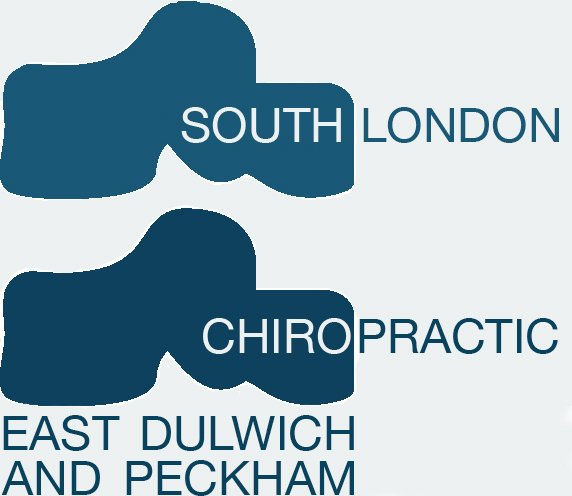As the winter chill settles over East Dulwich and Peckham Rye, many of my patients ask the same question: "Should I use ice or heat for my pain?" While you might be tempted to reach straight for that hot water bottle on a frosty London morning, the answer isn't always as straightforward as you might think. Let's break down when to freeze and when to warm things up.
The Ice Age: When to Keep Your Cool
Despite the winter weather making you reluctant to add any more chill to your day, ice therapy (or cryotherapy) can be your best friend when it comes to acute injuries and fresh flare-ups. Here's why:
When you experience a fresh injury or sudden pain, your body's natural inflammatory response kicks in, sending increased blood flow to the area. While inflammation is part of your body's healing process, too much can lead to increased pain and swelling. Ice works by:
Constricting blood vessels (vasoconstriction)
Reducing swelling and inflammation
Numbing nerve endings to provide pain relief
Slowing down nerve impulses that can trigger pain and muscle spasms
Best for: Fresh injuries (within 48-72 hours), acute flare-ups of joint pain, and recent sprains or strains. If you've overdone it at the gym or tweaked your back lifting your little one, reaching for an ice pack might be your best first step.
Turning Up the Heat: When Warmth Wins
For those working long hours at their desk in Peckham Rye or feeling the strain of pregnancy-related back pain in East Dulwich, heat therapy often provides welcome relief. Heat therapy works by:
Increasing blood flow to tight or tense muscles
Improving tissue elasticity
Reducing muscle tension and spasms
Enhancing healing through increased oxygen flow to the affected area
Best for: Chronic muscle tension, stiff joints, and ongoing conditions like persistent lower back pain or neck tension from desk work. It's particularly soothing for those pregnancy-related aches and pains that come with carrying your growing bump.
The Best of Both Worlds: Alternating Therapy
Sometimes, combining both treatments (not simultaneously!) can offer the best results. This approach, known as contrast therapy, can be particularly effective for:
Managing chronic conditions
Reducing muscle tension while controlling inflammation
Supporting recovery after exercise
Addressing complex pain patterns
Professional Tip: Getting It Right
As a chiropractor in South East London, I often advise patients to:
Keep ice applications to 15-20 minutes at a time
Use gentle heat for 15-30 minutes
Always wrap ice packs or heat sources in a towel (never apply directly to skin)
Listen to your body - if something doesn't feel right, stop
When to Seek Professional Help
While home therapy with ice and heat can be effective, certain situations call for professional assessment. If you're experiencing:
Persistent pain lasting more than a few days
Pain that interferes with daily activities or sleep
Pregnancy-related discomfort that's affecting your mobility
Desk-related tension that won't shift
Sports injuries that aren't improving
It might be time to visit our practice in East Dulwich or Peckham Rye. Our integrated approach combines hands-on treatment with personalised advice to help you maintain an active, healthy lifestyle.
Taking the Next Step
Whether you're a busy professional dealing with desk-related tension, an expectant mother managing pregnancy-related discomfort, or someone looking to maintain an active lifestyle in South East London, understanding when to use ice versus heat is just one piece of the wellness puzzle.
Ready to develop a more comprehensive approach to your health and wellness? Book an appointment at our East Dulwich or Peckham Rye practice. We're here to help you move better, feel better, and live better.
About the Author: Ed is a registered chiropractor practising in East Dulwich and Peckham Rye, specialising in providing personalised care for a range of conditions including back pain, neck pain, pregnancy-related discomfort, and sports injuries.



